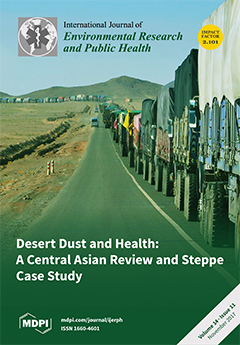1
Euro Mediterranean Scientific Bio-Medical Institute, ISBEM, Via Reali di Bulgaria, Mesagne, 72023 Brindisi, Italy
2
Department of Economics and Statistics and CSEF, University Federico II, 80131 Naples, Italy
3
Local Health Authority ASL Napoli 3 South, 80100 Naples, Italy
4
St. Andrea Hospital, La Sapienza University, 00185 Rome, Italy
5
Division of Neonatology, St. Anna & St. Sebastiano Hospital, 81100 Caserta, Italy
6
Local Health Authority USL 8, 52100 Arezzo, Italy
7
Local Health Authority USL Piacenza, 29121 Piacenza, Italy
8
IRCCS G. Pascale Foundation, National Cancer Institute, 80131 Naples, Italy
9
National Research Council, CNR-IFC, 56121 Pisa, Italy
10
Department of Experimental Medicine, Second University of Naples (SUN), 80138 Naples, Italy
11
Department of Biological and Environmental Sciences and Technologies (DISTEBA), University of Salento, 73100 Lecce, Italy
12
Local Health Authority ASL LE, 73100 Lecce, Italy
13
AMGEN International, 4057 Basel, Switzerland
14
IRCCS Policlinico San Martino IST, 16132 Genova, Italy
15
Division of Pediatric Surgery, Salerno University Hospital “Ruggi D’Aragona”, 84100 Salerno, Italy
16
European Cancer and Environment Research Institute (ECERI), 21004 Bruxelles, Belgium
17
Department of Clinical Medicine and Surgery, University Federico II, 80131 Naples, Italy
add
Show full affiliation list
remove
Hide full affiliation list





